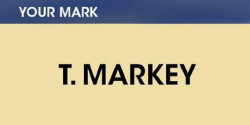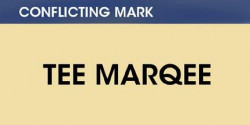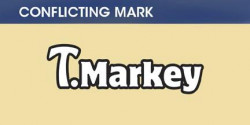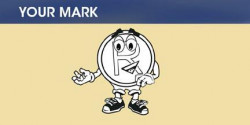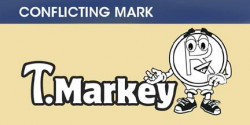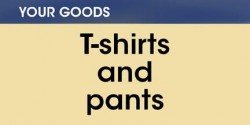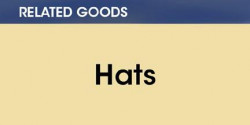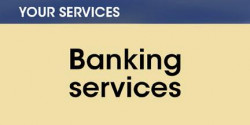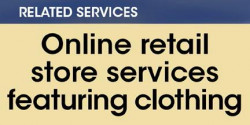Your trademark is how customers recognize your goods or services in the marketplace and distinguish your goods or services from your competitors. If your trademark is confusingly similar to another trademark and the goods and services are related, consumers are likely to mistakenly believe these goods or services come from the same source. This is known as a likelihood of confusion, and it’s the most common reason for refusing registration.
The best way to avoid a likelihood of confusion refusal is to conduct a comprehensive clearance search and understand how to correctly assess your results before submitting your application.
Similarity of trademarks
Trademarks don’t have to be identical to be confusingly similar. Instead, they could just be similar in sound, appearance, or meaning, or could create a similar commercial impression. Here are examples of trademarks that were found to be confusingly similar.
Sound
These trademarks are confusingly similar because they could be pronounced the same way, even though they’re spelled differently.
Appearance
These trademarks are confusingly similar in appearance, even though the one on the left uses standard characters and the one on the right uses a stylized font. Using standard characters protects the wording itself, regardless of how it is displayed.
Commercial impression
These trademarks are confusingly similar because they convey the same overall visual commercial impression. This is because they include the same dominant design element, even though one includes words with the design.
Related goods and services
Even if we determine that two trademarks are confusingly similar, determining whether there is a likelihood between them also depends on whether the goods or services associated with each trademark are related. This is how identical trademarks with different owners can be registered for Dove soap and Dove ice cream bars, or Delta faucets and Delta air transportation services. Here are examples of goods or services that were found to be related.
Goods
Services
Goods and services
Goods or services could be related if they are identical, similar or competitive; used together; used by the same purchasers; advertised together; or sold by the same manufacturer or dealer. If you’re not sure how to identify related goods or services, here are a few questions to help get you started:
- When a consumer knows what goods or services you offer, what other goods or services might they reasonably expect you to offer?
- For example, if you sell hot dog buns, a consumer may expect you to sell hamburger buns and loaves of bread.
- What other types of goods or services do your competitors typically provide?
- For example, you provide pressure washing services and many of your competitors also offer lawn mowing services in addition to pressure washing services.
- In a department store, what products might be displayed in the same aisle as yours?
- For example, you sell table lamps, which are commonly displayed near decorative mirrors.
- What other products are commonly used with yours?
- For example, peanut butter and jelly, bread and butter, shoes and socks.
- What other goods or services are typically advertised with yours?
- For example, barbecue grills and bags of charcoal. Your answers will result in goods and services that travel in “similar channels of trade,” which means that they are related to yours.
If there is a likelihood of confusion
The assigned USPTO examining attorney will search the federal database for conflicting trademarks (registered or pending) when they examine your application regardless of whether you completed a comprehensive clearance search before filing the application. The examining attorney will issue a refusal to register your trademark if they determine there is a likelihood of confusion between your trademark for the specified goods or services and a registered trademark for related goods or services.
If there is a likelihood of confusion between your trademark and one in a pending application for related goods and services with a filing date earlier than yours, the examining attorney will advise you that registration may be refused if that trademark registers.
For information on responding to a likelihood of confusion refusal, see our responding to office actions page.


